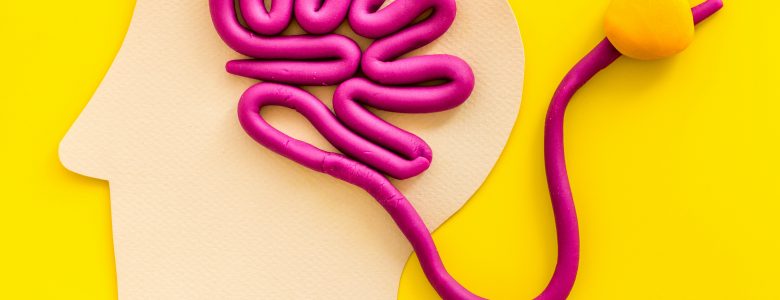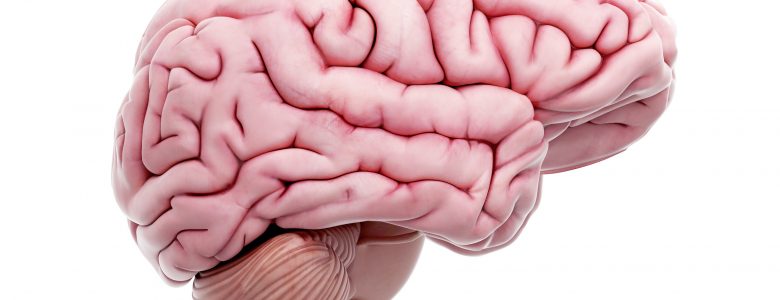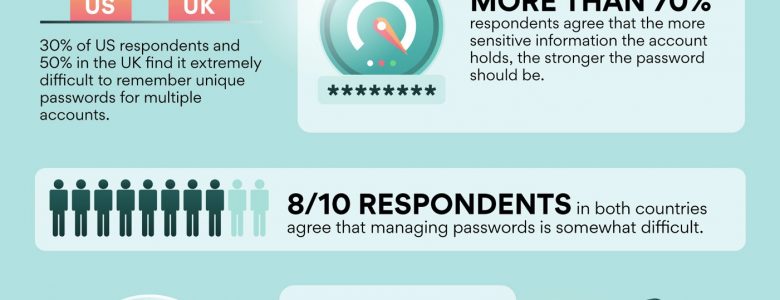June 13, 2021
Weekly Newsletter #100: Happy 100th Newsletter

WHEW, we’re entering triple digits now, are we? Well, in any case, thank you for sticking along with the ride — whether you’ve been here the whole time, reading along since Weekly Newsletter #1, or whether this is your first time reading The Burgundy Zine. We appreciate you, bug buddies.








